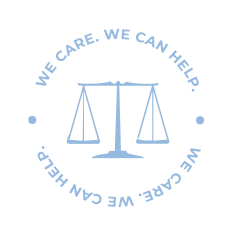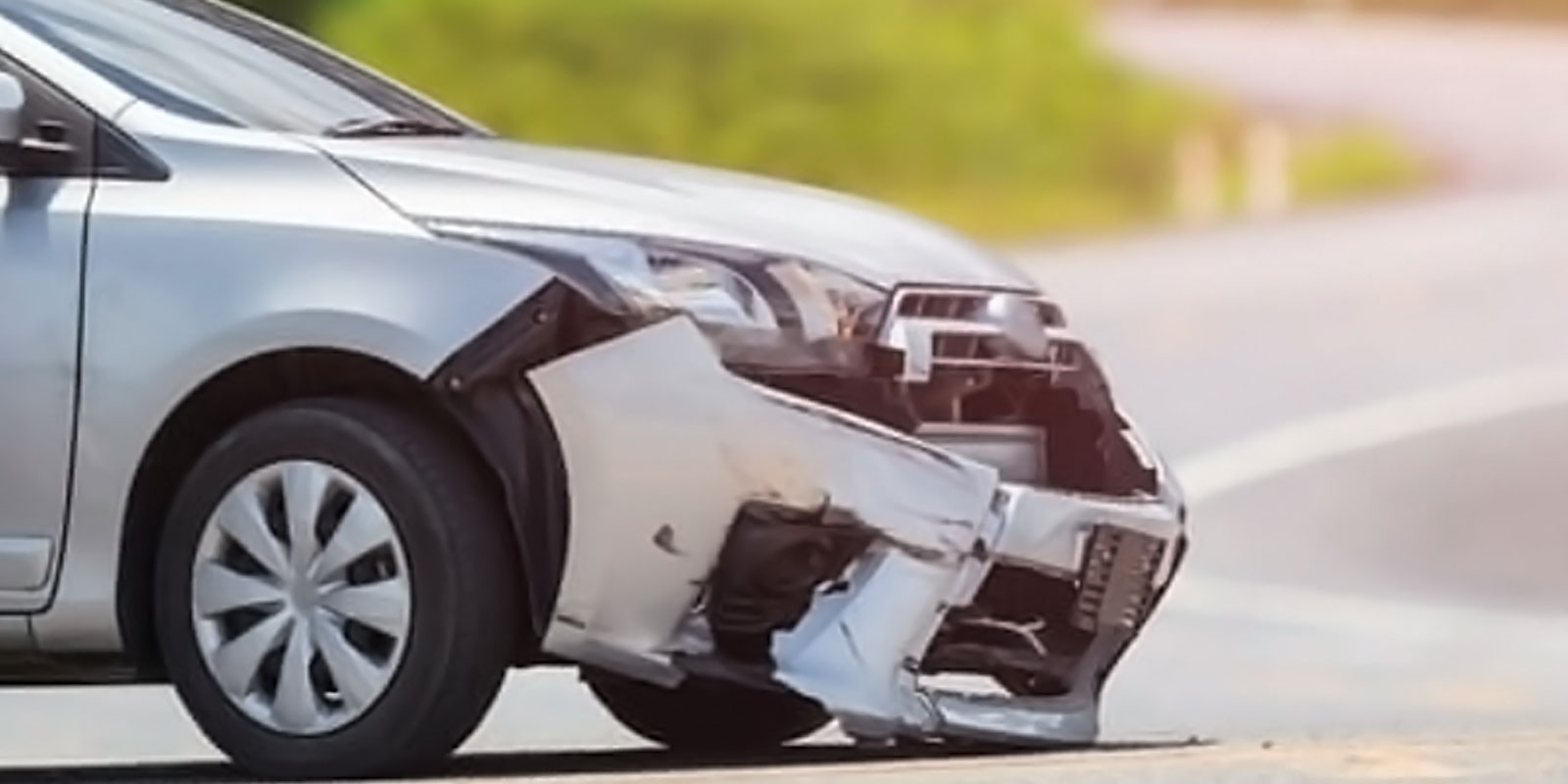On Feb. 23, a devastating car crash unfolded on Rancier Avenue, which tragically ended the lives of two women. Around 12:11 a.m., the Killeen Police Department arrived at the scene of a car crash where one vehicle was engulfed in flames at the 2800 block of East Rancier Avenue.
Inside the maroon Kia Telluride, 33-year-old Diane Cintron was found deceased, tragically pinned inside the vehicle while the vehicle burned. The collision involved another car, a white Cadillac, driven by a 20-year-old woman, who was urgently airlifted to Baylor Scott & White Medical Center in Temple. Despite medical efforts, the woman succumbed to her injuries.
The preliminary findings of the police investigation suggest that the Cadillac, traveling westbound, veered across the center line, leading to a head-on collision with the Kia. The investigation is ongoing, and authorities are considering the possibility that alcohol was a contributing factor.
This incident underscores the critical importance of road safety and the devastating impact of negligent driving behaviors. However, it also brings to the forefront another crucial aspect of automotive safety: vehicle product liability.
Vehicles Should Not Catch on Fire: Understanding Car Defects and Liability
The principle that cars should not burst into flames upon impact is foundational to vehicle safety standards. When a vehicle fails in such a fundamental way, it raises serious questions about its design, manufacture, or the adequacy of warnings provided to consumers. This failure can fall under the legal concept of product liability, where manufacturers and sellers bear responsibility for ensuring their products are free from defects that could harm users.
Vehicle product liability encompasses several types of defects:
- Design Defects: Fundamental flaws in a vehicle’s design that compromise safety.
- Manufacturing Defects: Errors in the manufacturing process render a vehicle or component unsafe.
- Failure to Warn: Insufficient warnings or instructions that could prevent unsafe vehicle use.
A car catching fire strongly indicates a defect, especially without a clear and immediate cause. Such incidents necessitate thorough investigation, whether due to a flaw in the fuel system, electrical wiring, or another critical component. Victims of accidents involving a suspected vehicle defect or their families may have grounds for a product liability claim against the manufacturer or other entities in the distribution chain.
Will Insurance Cover Injuries or Death From a Car Fire?
Whether insurance will cover injuries or death resulting from a car fire depends on the specifics of the insurance policy and the circumstances surrounding the incident. Generally, auto insurance and other forms of insurance can provide coverage in such situations, but the extent and type of coverage will vary.
It’s important to note that vehicle standards require them to protect occupants from high-speed crashes. This means that a properly designed car shouldn’t catch on fire, the roof shouldn’t crush and tires should be reliable. If defects occur and a person is injured or dies, you may have a product liability lawsuit.
The Importance of Understanding Product Liability
In the aftermath of accidents like the one on Rancier Avenue, it becomes paramount for victims and their families to seek skilled legal representation. Navigating the complexities of product liability claims demands extensive knowledge of personal injury law and the specific legal standards governing vehicle safety and manufacturing practices.
The Carlson Law Firm is one of the few law firms in the area with the resources and capabilities to handle product liability claims against major corporations like Kia. We offer free consultations and ensure that families get the justice they deserve.





